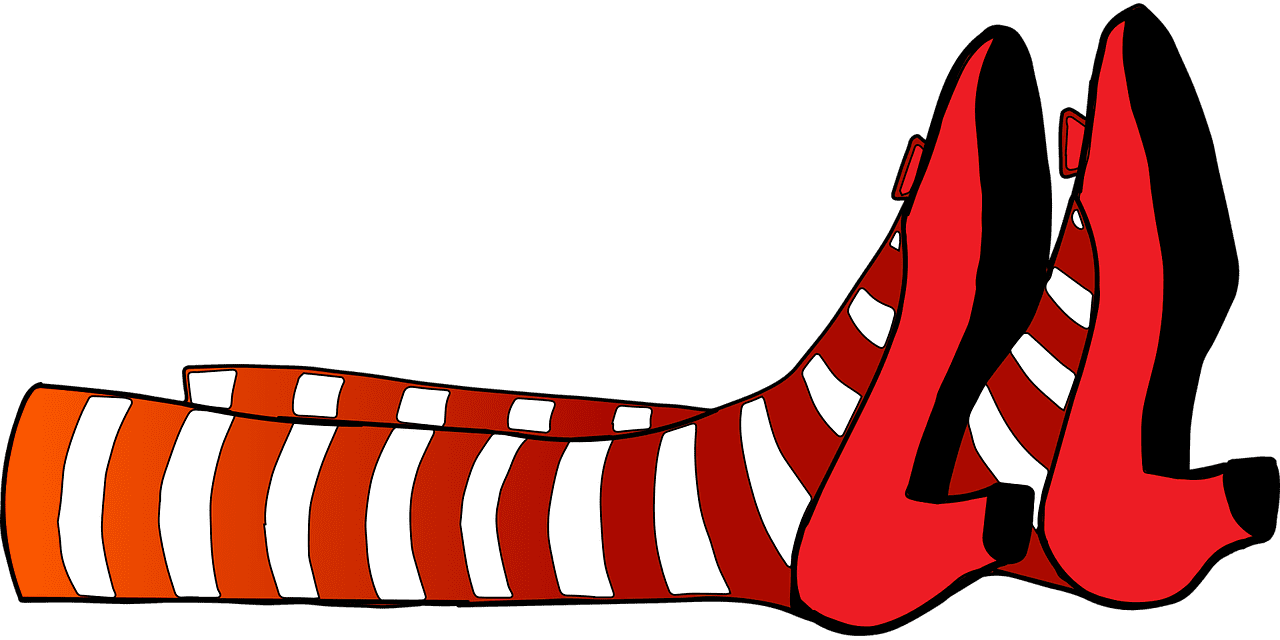The Elevator Pitch is DEAD! Long Live the Elevator STORY

“Ding Dong the witch is dead.”
This lyric from the Wizard of Oz is a childhood favorite of mine. We always like it when something bad or boring is “dead” or over.
For decades, people have been giving boring, confusing, and verbose “elevator pitches” at trade shows, cocktail parties, and yes, even in a short elevator ride.
Many people make the mistake of thinking that when someone says, “What do you do?”, it is an invitation for a 10 minute monologue.
News Flash: IT IS NOT!
Many people start talking about themselves and are often boring, using acronyms that only industry insiders can understand.
The history of needing an “elevator pitch” was the need for everyone to be ready, should they meet someone unexpectedly who could help them, hire them, or change their life. Without preparation, people stumble through something that makes no sense and leave people waiting desperately for the proverbial elevator door to open so they can get away.
Fear not! The new way is for you to tell a short story that is clear, concise, and compelling! This new way is to tell an “Elevator Story.” It is something you can say during a 2-minute elevator ride or when meeting someone new in any situation. You can also use it on your LinkedIn profile!
Your goal is to INTRIGUE someone to say, “Wow, that’s interesting. Tell me more!” That only happens when you are saying something that people have not heard before and they lean in to want to learn more.
Elevator Pitch Mistakes
The first mistake most people make is they start their story with what they do, or with their name. “Hi, I’m George, and I’m a lawyer” or “I’m Sue, and I’m a coach.” BORING
The second mistake people make is sounding robotic and formal. AWKWARD
The third mistake people make is asking people if they want to buy or hire them on the spot. PUSHY
Let’s fix that!
Five Easy Steps to Tell an Elevator Story
Here are my 5 steps to tell a STORY that will make you memorable and magnetic, whether you are in an elevator or not.
Step 1: Start out conversational with a phrase
“You know how…”
Step 2: Who do you help?
Get detailed so you paint a picture
Step 3: Describe their problem.
Hint: Include the word struggle to draw people in.
Step 4: Your Solution
Give just enough to get people to want to ask more about how you do it.
Step 5: Resolution
What is life like for them after your solution?
My Elevator Story
Here is my Elevator Story:
You know how salespeople struggle not to be seen as a commodity? They don’t want to just compete on price and yet end up doing just that when they just push out information.
I’m known as The Pitch Whisperer, and I help sales teams turn boring case studies into compelling case stories. Whoever tells the best story is the one that beats their competition and gets the sale. As a sales keynote speaker, I show the audience how to become revenue rockstars.
Note that there are many things in my Elevator Story that gets people intrigued:
What is a Pitch Whisperer?
How do I tell a case story?
Can anyone become a Revenue Rockstar?
The goal is to have a collaborative conversation. When that happens, people hire you or remember you enough to send you referrals.
Now that you know how to tell an elevator story click here to get my free PDF on my top storytelling tips. It will help you tell stories that will make you irresistible in all areas of your life.
